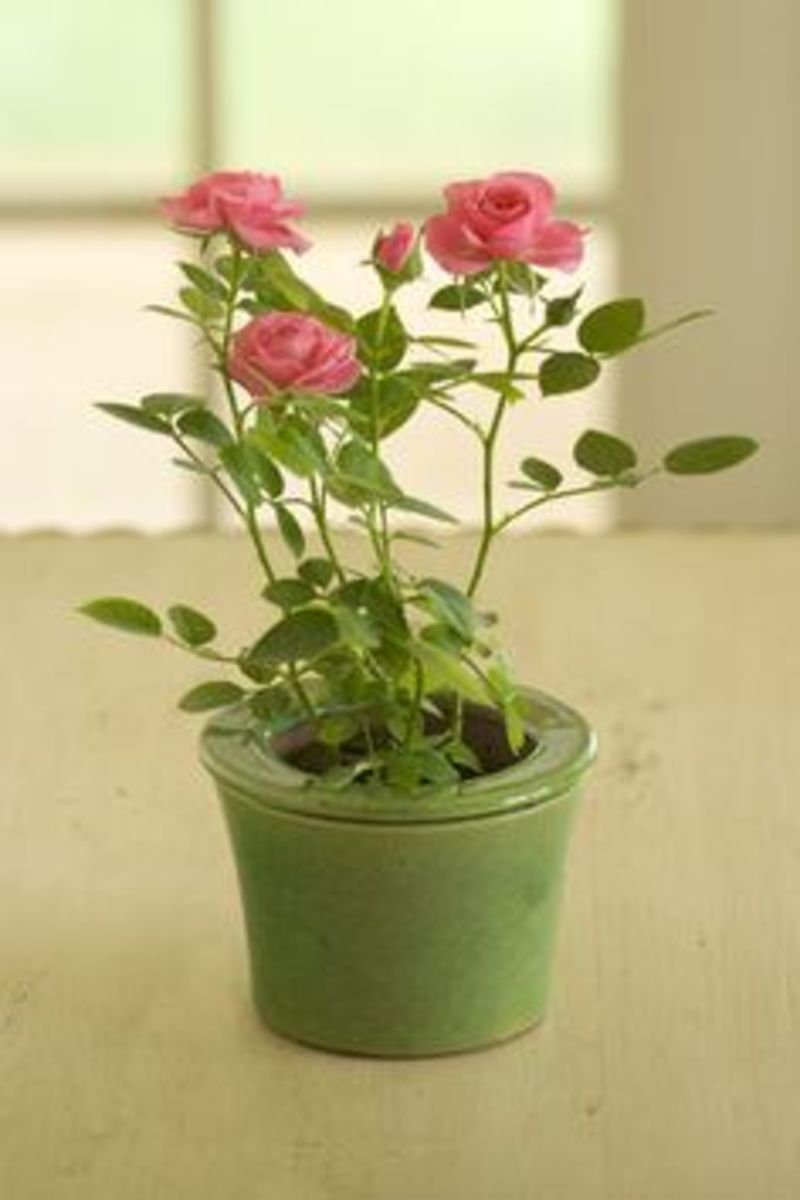
Source dengarden.com
Indoor Rose Plant Care – Tips for Growing Beautiful Roses Inside Your Home
Welcome to our comprehensive guide on indoor rose plant care. Roses are not only meant for outdoor gardens but can also thrive indoors, adding beauty and fragrance to your home. With the right care and attention, you can enjoy the stunning blooms of roses all year round. In this article, we will explore the essential aspects of caring for indoor rose plants. From finding the perfect location to watering, fertilizing, and dealing with common issues, we have got you covered. Let’s dive in and discover how to grow healthy and vibrant roses inside your home.
Finding the Ideal Spot for Your Indoor Rose Plant
Creating the perfect environment for your indoor rose plant is crucial for its growth and health. Here are a few factors to consider when choosing the right spot:
1. Adequate Sunlight: Roses thrive in bright, indirect sunlight. Find a location that receives at least 6 hours of sunlight a day. South or west-facing windows are usually ideal for indoor rose plants.
2. Temperature: Roses prefer temperatures between 60-75°F (15-24°C). Avoid placing your plant near drafty windows or heating/cooling vents that can cause temperature fluctuations.
3. Humidity: Roses appreciate moderate humidity levels. You can increase humidity around the plant by placing a tray with water and pebbles nearby or using a humidifier.
Proper Watering Techniques for Indoor Roses
Watering is a vital aspect of indoor rose plant care. Here are a few tips to ensure proper watering:
1. Watering Frequency: Check the moisture level in the soil by inserting your finger about an inch deep. If it feels dry, it’s time to water. Generally, indoor roses require watering once or twice a week, depending on the humidity and temperature levels.
2. Watering Technique: Water your roses thoroughly until water drains out of the bottom of the pot. Avoid overwatering, as it can lead to root rot. Discard any excess water collected in the saucer to prevent waterlogging.
3. Water Quality: Roses prefer slightly acidic water with a pH level around 6. Use filtered or distilled water if your tap water is high in minerals or chlorine, as these can be detrimental to rose plants.
Fertilizing and Pruning your Indoor Rose Plant
Fertilizing and pruning are essential for maintaining the health and vigor of your indoor rose plant. Follow these guidelines:
1. Fertilizer: Use a balanced slow-release rose fertilizer during the growing season, following the package instructions. Remember, indoor roses have limited space, so avoid excessive fertilization, as it can lead to excessive foliage growth and poor blooming.
2. Pruning: Regular pruning helps promote new growth, shape the plant, and remove diseased or dead parts. Use sterilized pruning shears and make clean cuts just above an outward-facing bud.
3. Deadheading: Removing spent flowers promotes continuous blooming and prevents the plant from wasting energy on seed production.
Table: Breakdown of Indoor Rose Plant Care
| Aspect | Details |
|---|---|
| Light Requirements | Roses need 6 hours of bright, indirect sunlight. |
| Temperature | Maintain temperatures between 60-75°F (15-24°C). |
| Humidity | Keep moderate humidity levels around the plant. |
| Watering | Water deeply once or twice a week, allowing excess water to drain. |
| Fertilizing | Use slow-release rose fertilizer during the growing season. |
| Pruning | Regularly prune to shape the plant and remove dead or diseased parts. |
Frequently Asked Questions (FAQ) about Indoor Rose Plant Care
Q: How often should I fertilize my indoor rose plant?
A: Fertilize your indoor rose plant every 4-6 weeks during the growing season, using a balanced rose fertilizer.
Q: Can I grow roses indoors without sunlight?
A: While roses require sunlight for optimal growth, you can use grow lights to supplement natural sunlight or place them near a well-lit window.
Q: Do indoor roses attract pests?
A: Yes, indoor roses are susceptible to pests like aphids, spider mites, and thrips. Regularly inspect your plant for any signs of pests and treat them accordingly.
Q: Should I repot my indoor rose plant?
A: Repotting is usually necessary when the plant outgrows its current pot. Choose a pot that provides ample space for the root system and use well-draining potting soil.
Q: How can I encourage my indoor rose plant to bloom?
A: To promote blooming, ensure adequate sunlight, provide proper nutrition through fertilization, maintain optimal humidity levels, and regularly deadhead spent flowers.
Conclusion
Caring for indoor rose plants can be an enjoyable and rewarding experience. By providing the right conditions, regular watering, timely fertilization, proper pruning, and vigilance against pests, you can grow thriving roses inside your home. Remember to choose a suitable spot, ensure adequate sunlight, and create a favorable environment for your plants. With patience and care, you can enjoy the beauty and fragrance of roses all year long.